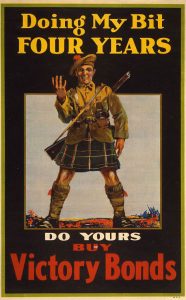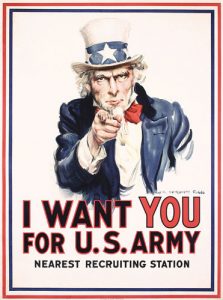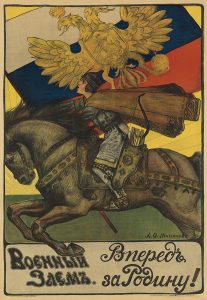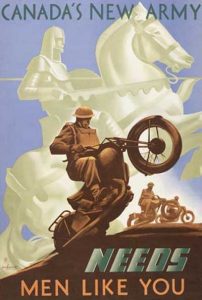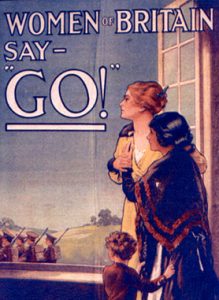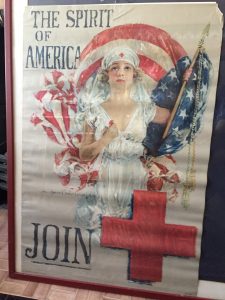Soellner’s Dispatch #6
Soellner’s Dispatch # 6
The Storm That Shook the World, my second historic fiction novel, takes place in the years 1909 to 1919, the time before and the time of The Great War, World War One. In the era before radio, television and other modern technologies, countries used print material to communicate messages to the masses. Governments on both sides used large, colorful posters to build morale and support the war effort.
During the war years (1914-1918) the Allied governments of Great Britain, France, Belgium, Italy, Canada, Russia and America as well as the Central Powers of Germany, Austria-Hungary, Portugal, Bulgaria and the Ottoman Empire hired dozens if not hundreds of illustrators to make these posters. Here are some examples from different countries, from both sides. You may recognize the images or messages since the governments reimagined them during World War Two, and some of the recruiting posters are even in use today.
Every nation’s posters communicated one or more of four basic messages:
- hate the enemy
- our cause is just
- support our soldiers
- support our allies
As the war stretched on year after year and appalling losses mounted on both sides, the images and messages on the posters changed to encourage combatants and civilians.
Today these posters are valuable historic and artistic artifacts, prized by collectors and museums. Three years ago at a garage sale I found one, battered and torn but still a treasure. You might get lucky too!
From Dispatch #5:
Question:
On what date did America and Germany officially end the First World War between the two countries. Was it:
- The signing of the armistice on November 11th, 1918
- The Treaty of Versailles signed on June 28th, 1919.
- President Harding signing peace decree with Germany on July 2nd, 1921.
- The Weimar Republic signs a peace treaty with the U.S August 25th, 1921.
Answer:
4: The Weimar Republic signs a peace treaty with the U.S August 25th, 1921.
The war officially concluded only after the democratically elected Weimar Republic signed the peace treaty. The Armistice of November 11, 1918 simply stopped the fighting, similar to our current armistice with North Korea.
Quiz #6:
In January 1919, the exchange rate between the German Mark and the U.S dollar was 8.5 Marks to the U.S. dollar. When hyperinflation began in the 20s, what was the highest rate of exchange? Was it:
- One hundred thirty-six thousand German marks to the U.S. dollar
- 3 million three hundred thousand German marks to the U.S. dollar
- 12 billion German marks to the U.S. dollar
- 40 billion German marks to the U.S. dollar
- 4 trillion German marks to the U.S. dollar
Look forward to the answer in Dispatch #7!
Until my next Dispatch,
Walter Soellner
[email protected] waltersoellner.com
Please share this with your friends!
The books so far in my series:
- Kalvarianhof, The Perilous Journey
- The Storm That Shook the World
- Book three, coming in 2017.
Facebook, Amazon Authors, Goodreads
TO BE DELETED FROM THIS DISPATCH MAILING LIST, JUST ASK!


